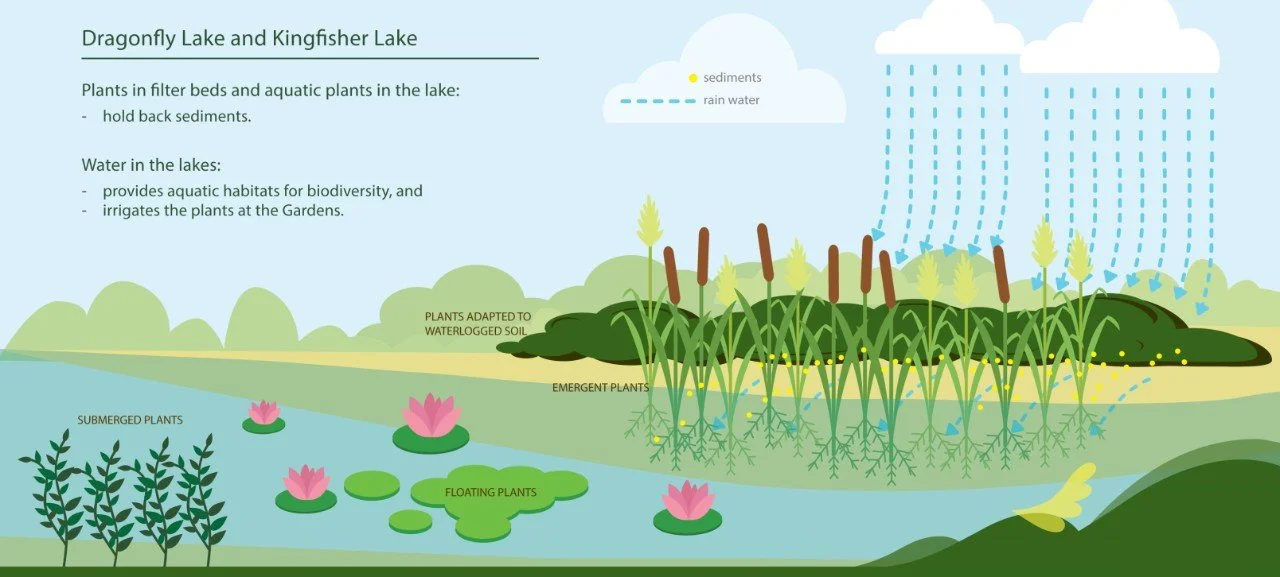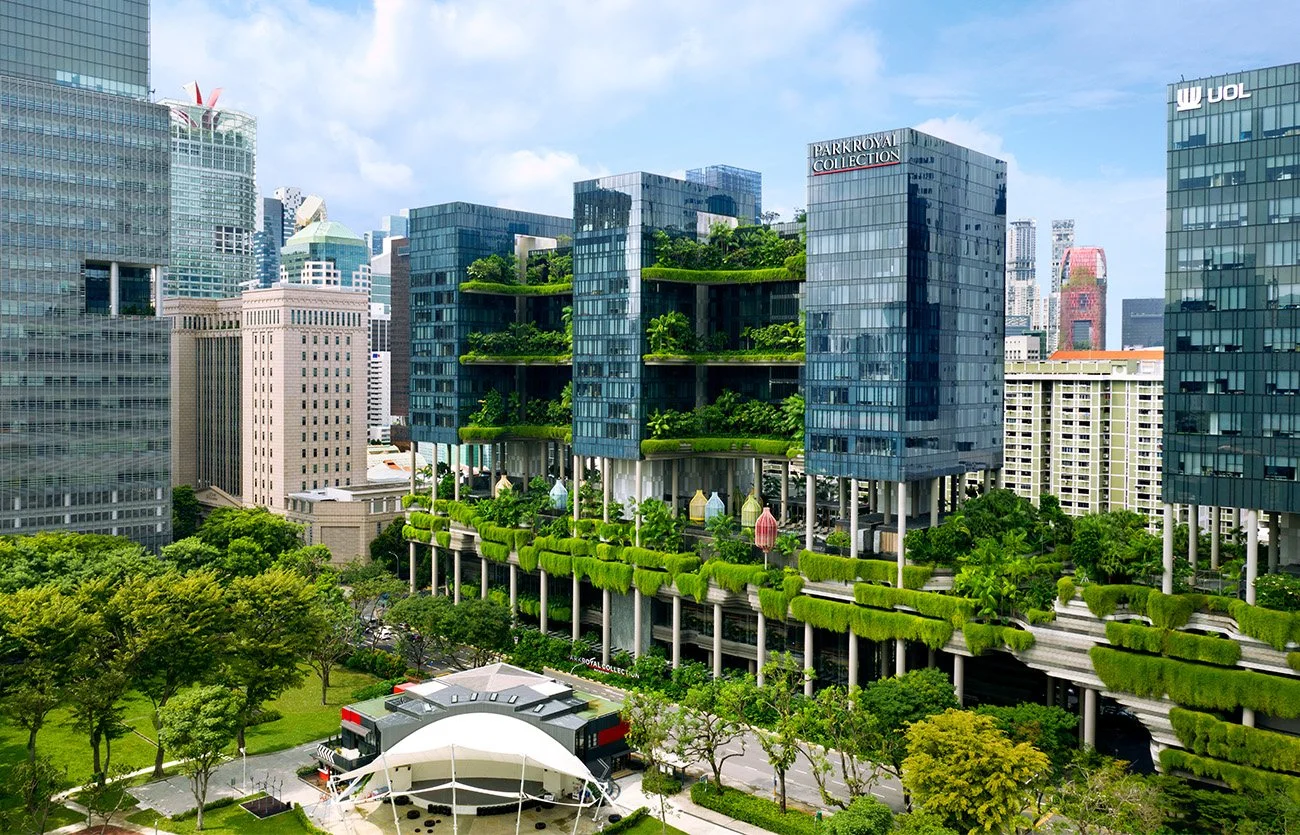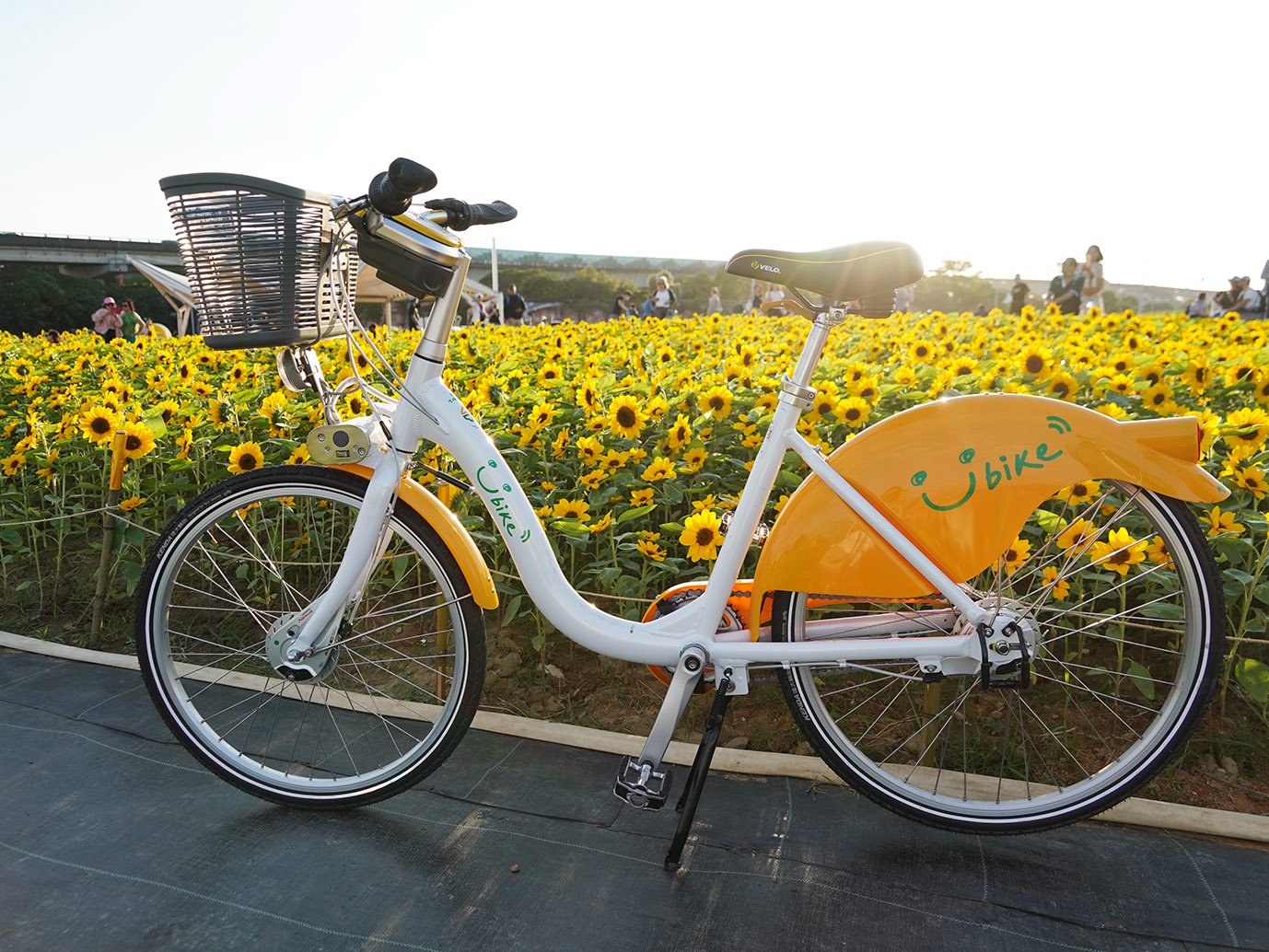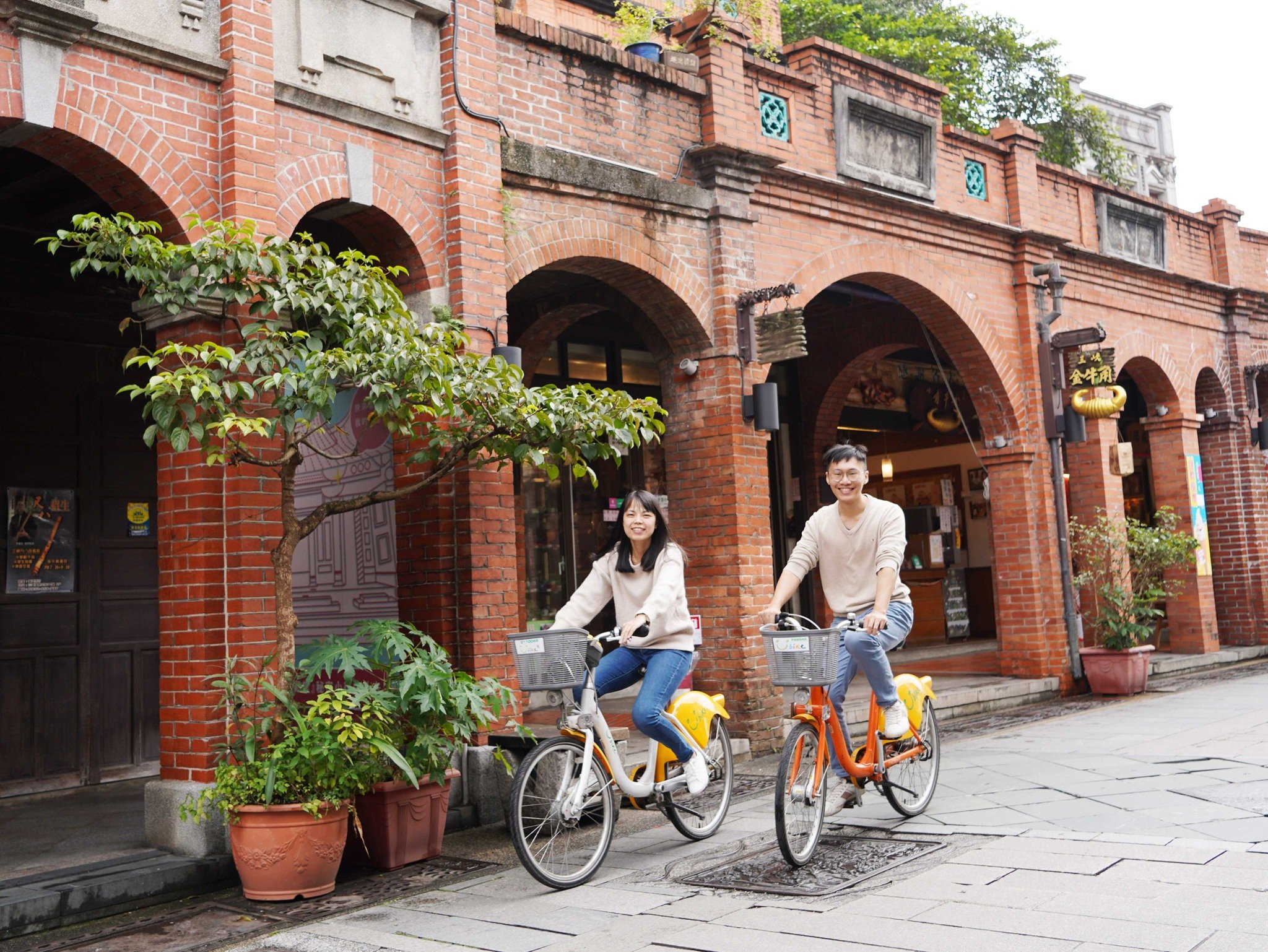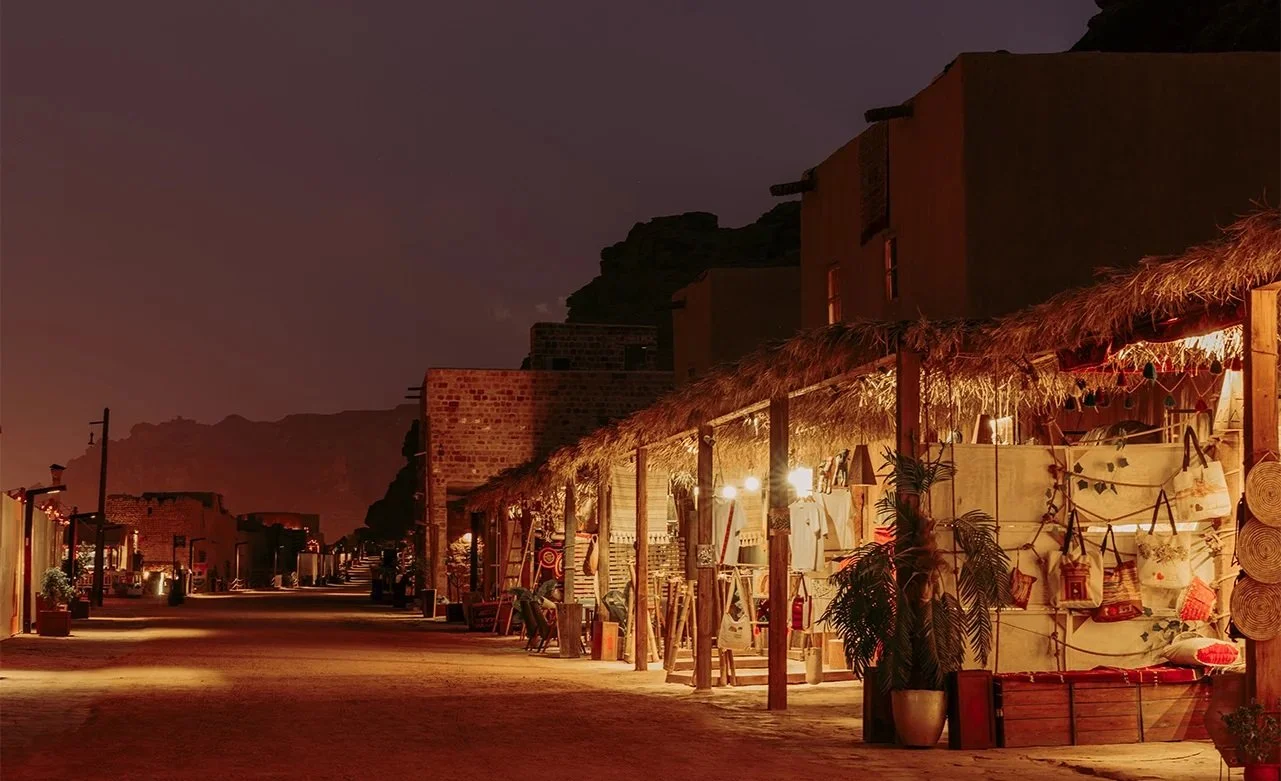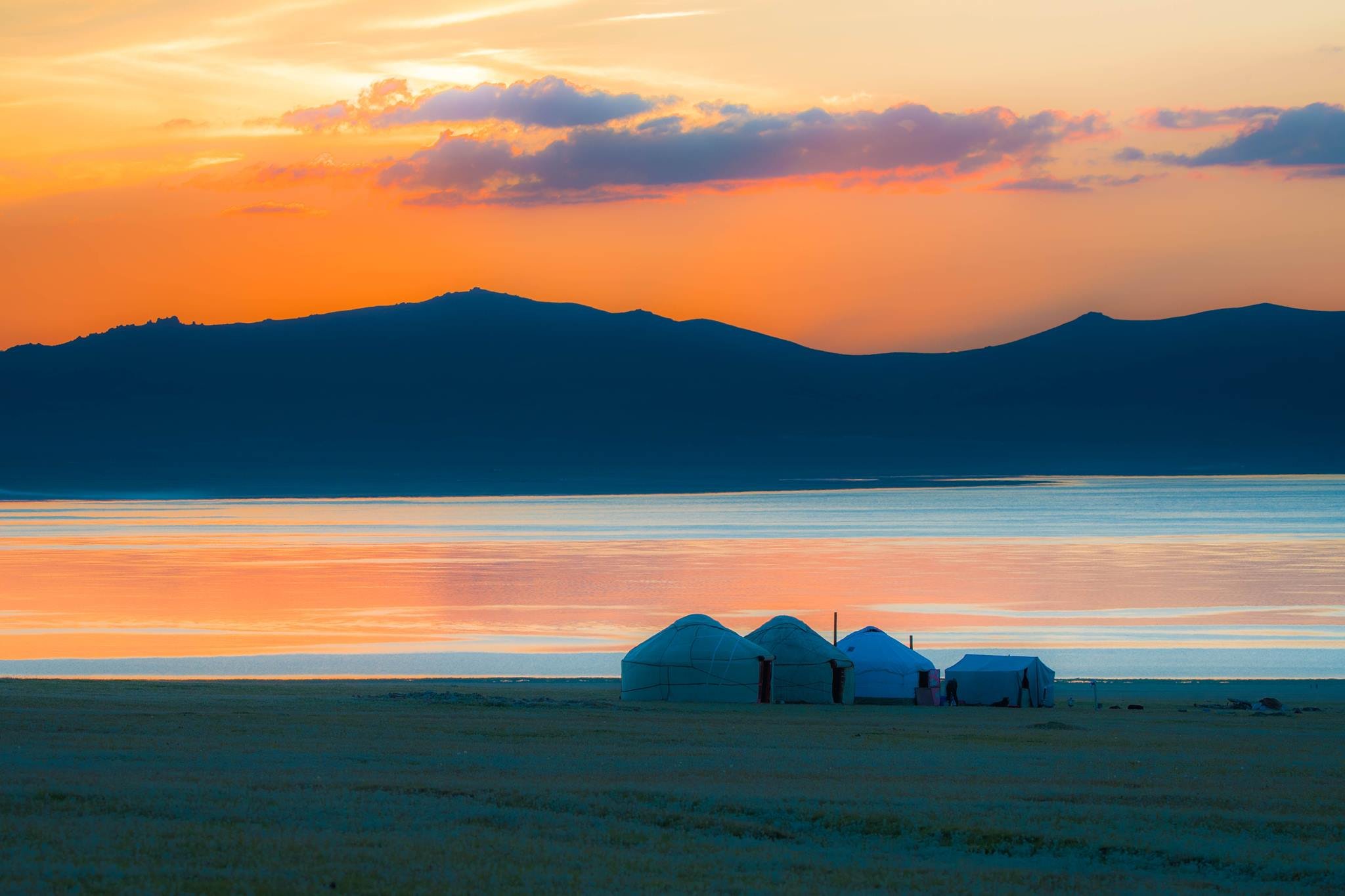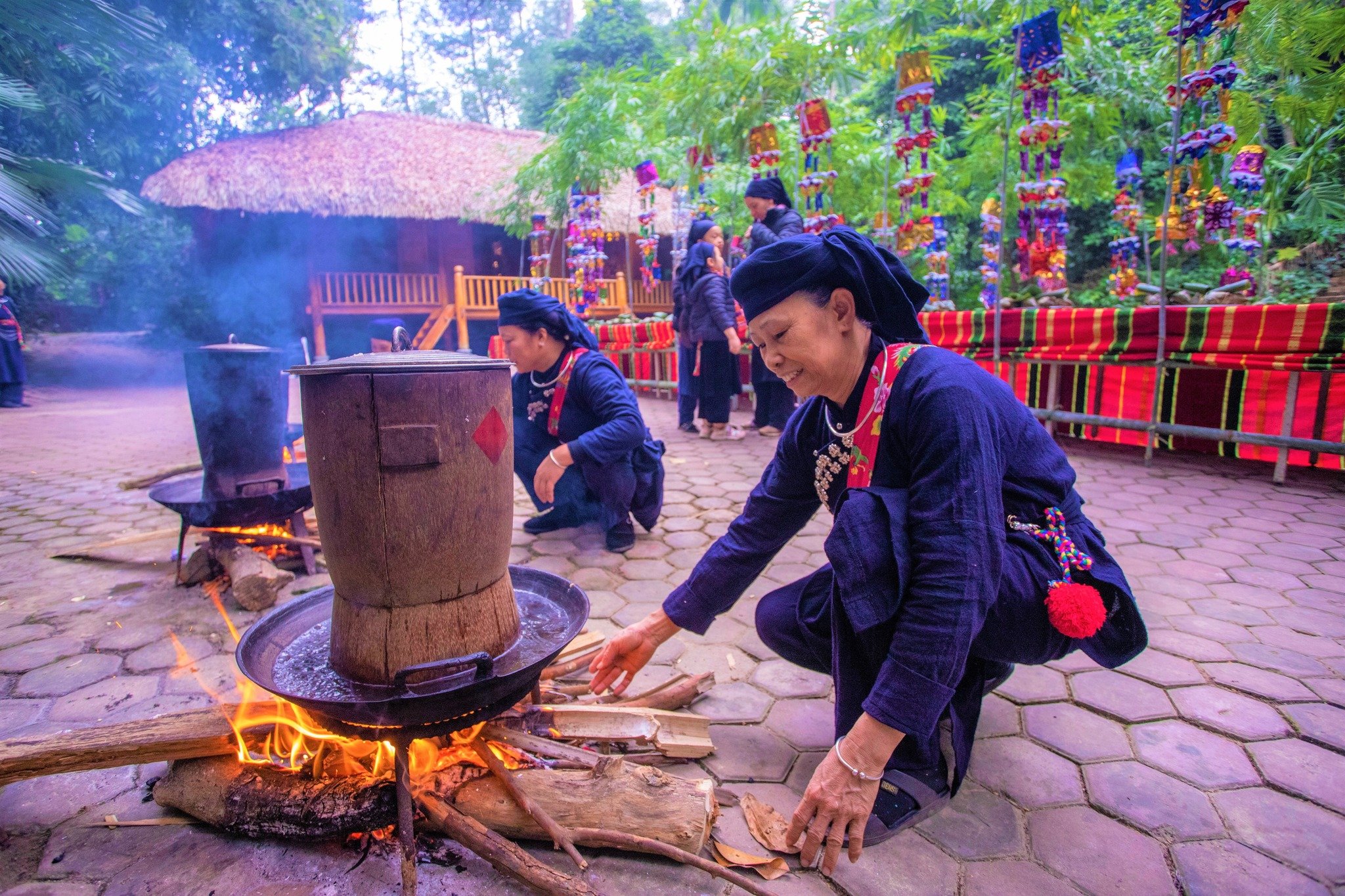Sustainable Travel in Urban vs. Rural Areas: A Comparative Analysis
Photo by Gardens by the Bay
As the world continues to urbanize rapidly, it is crucial to examine the impact of travel and tourism on both urban and rural environments. Sustainable travel is gaining momentum, and understanding the differences in priorities between urban and rural communities can help the industry develop tailored strategies.
This article will explore sustainable travel in these two different environments and compare their respective challenges and opportunities.
The Urban Perspective: Sustainable Travel in Cities
The United Nations Department of Economic and Social Affairs estimates that by 2030, over 60% of the world's population will reside in cities. With this exponential growth comes a surge in tourism and its associated environmental impact.
In recent years, there has been a push towards sustainable travel practices in urban areas to mitigate these effects.
Case studies of successful sustainable travel practices in Asian cities have shown that implementing eco-friendly initiatives can bring about significant change.
For example, Singapore's Gardens by the Bay, a popular tourist destination and an integral part of Singapore’s City in Nature vision, has gained recognition for its commendable sustainability efforts. The Gardens by the Bay has implemented various eco-friendly practices, such as sustainable energy and water cycles throughout Bay South Gardens.
Photos by Gardens by the Bay
The Impact of Urban Tourism on the Environment
While tourism fuels economic growth, it also brings forth several environmental challenges.
Carbon footprint
Urban tourism, in particular, significantly contributes to increasing the carbon footprint. This is primarily caused by the widespread use of air travel and private vehicles for intercity and intracity commuting.Waste Management
With an influx of tourists, managing waste becomes a significant challenge for many cities. Improper waste disposal can result in pollution and harm ecological systems.Loss of Biodiversity and Natural Habitats
The development of tourism infrastructure and related activities can often lead to the loss of natural habitats, posing a significant threat to local wildlife and biodiversity.
Sustainable Initiatives in Urban Tourism
To combat these challenges, many cities have implemented sustainable initiatives, such as:
Eco-friendly Accommodations
From LEED-certified hotels to eco-lodges, cities are promoting sustainable accommodations for tourists.
PARKROYAL COLLECTION Pickering, Singapore has been designed as a hotel-in-a-garden, featuring a unique architectural concept that significantly reduces energy consumption. This innovative approach towards eco-friendly accommodation represents a promising trend in urban tourism.
2. Public Transportation and Cycling Services
Encouraging the use of public transport and providing bike-sharing services can reduce carbon emissions.
Jakarta has been awarded the 2021 Sustainable Transport Award for its integrated public transportation system, the first Southeast Asian city to receive such recognition. The city’s transportation network includes Transjakarta, the world’s longest bus rapid transit system, which spans over 250 km. There are also dedicated bus lanes that allow passengers to travel around the city efficiently. The network also includes the use of public minivans, known as angkot, as well as the MRT Jakarta and LRT Jakarta. This comprehensive network has transformed the way people in Jakarta get around the city.
Shared mobility services are experiencing an upsurge in many Asian cities, catering to consumers' demands for convenient, cost-effective, and sustainable modes of travel.
Bike-sharing services are also gaining popularity in many Asian cities. Taipei's YouBike system, for instance, has successfully promoted cycling as a green mode of transport, contributing to the city's efforts toward sustainable urban mobility.
Photos by YouBike
3. Sustainable attractions and activities
Sustainable initiatives in urban tourism include urban farms, rooftop gardens, community-based art projects, and cultural experiences that respect local traditions and support community development.
Aman Tokyo in Japan is an excellent example of urban farming. The hotel grows its own rice and is now 70% self-sufficient. This initiative has significantly reduced the carbon footprint associated with food transportation while ensuring guests enjoy fresh, locally-grown produce.
The hotel has adopted a circular rice-growing system, reflected in crafting its premium extra dry saké. Made from nihonshu (fermented rice alcohol), this process only uses rice and water but creates a sophisticated drink with tremendous depth and complexity.
Aman Tokyo also offers guests a unique opportunity to witness sumo, Japan's national sport. This exclusive journey includes a private visit to Ryogoku, the heartland of sumo in Tokyo. During the visit, guests get the chance to meet the wrestlers from a well-known sumo-beya stable and witness their grueling and spirited practice session.
Photos by Aman Tokyo
The Rural Narrative: Sustainable Travel in the Countryside
The UN Tourism (formerly UNWTO) has recently released a report titled "Tourism and Rural Development: A Policy Perspective". According to the report, sustainable tourism in rural areas has become a priority for many countries due to its potential to positively impact local economies, livelihoods, and well-being and preserve cultural and natural heritage. Governments and local authorities have actively promoted this agenda by implementing policies and incentives, such as investment opportunities, infrastructure improvements, and entrepreneurship promotion.
AlUla Old Town, the recipient of UN Tourism's Best Tourism Village 2022 award, is a remarkable site in Saudi Arabia that boasts over 900 mud brick traditional buildings. Traditional methods were used to restore 100 of these buildings to their original glory. The AlJadidah Arts District within the village is a thriving center of creativity and culture.
The preservation of AlUla Old Town's intangible cultural heritage, which includes local traditions of dance, music, poetry, storytelling, and other art forms, is a top priority. The village hosts pop-up performances and cultural festivities in the Old Town, showcasing these art forms to visitors.
Photos by AlUla
Sargaalaya Arts and Crafts Village in Kerala, India, is a purpose-built attraction established to promote indigenous arts and crafts. The village brings together highly skilled artisans from over 20 traditional villages across Kerala under one roof and provides a platform for cultural and financial development. Visitors can witness a live craftsmanship demonstration and closely examine every aspect of the manufacturing process. The destination also conducts workshops for art and craft enthusiasts who desire to learn about it.
Sargaalaya has been listed in the Green Destinations Top 100 Stories 2023 for its initiatives to revive the local economy during the pandemic. These initiatives include organic farming, promotion of languishing arts, women empowerment, and community involvement.
Photos by Sargaalaya Kerala Arts & Crafts Village
These case studies signify a significant change in perspective, viewing rural areas not as underdeveloped regions but as potential drivers of sustainable tourism.
The Impact of Rural Tourism on the Environment
While rural tourism has made significant progress in recent years, it poses environmental challenges that must be addressed.
Land degradation
This is one of the principal environmental repercussions, predominantly due to intensified land use for uncontrolled tourism activities. This has resulted in soil erosion, reduced agricultural productivity, and ecological imbalances. The adverse effects of unregulated tourism on the environment are widespread, as seen in Boracay, Philippines.Exploitation of local resources
Escalating tourism can increase demand for local supplies of water and energy, straining these vital resources and leading to untenable exploitation patterns.
According to the research conducted by the United Nations Environment Program (UNEP), the tourism sector's dependence on key resources such as energy, water, land, and materials (including fossil fuels, minerals, metals, and biomass) is increasing at the same pace as its production of solid waste, sewage, loss of biodiversity, and greenhouse gas emissions.
If the current trend continues, tourism is expected to increase energy consumption by 154%, greenhouse gas emissions by 131%, water consumption by 152%, and solid waste disposal by 251% by 2050.Waste management issues
Improper waste disposal by tourists can pollute water sources, posing threats to aquatic biodiversity and human health. According to UNEP, tourism generates around 1.3 billion metric tons of waste annually, accounting for approximately 4-8% of the world's total waste production.
These challenges highlight the need for a balanced and responsible approach to rural tourism that prioritizes the environment and local resources.
Challenges in Implementing Sustainable Travel in Rural Settings
Tourism is important for rural development, but it also presents unique challenges that require innovative solutions. The UN Tourism has identified key challenges in its report, "Tourism and Rural Development: A Policy Perspective".
These challenges include the lack of physical and digital infrastructure, depopulation and economic inequality, a shortage of trained human resources, and difficulties in governance and financial mechanisms.
Additionally, there are limitations in developing innovative tourism products and smart destinations, as well as deficiencies in the marketing, promotion, and commercialization of tourism products.
Natural and cultural resources are also at risk due to degradation, land use conflicts, inefficient utilization of energy and water resources, and poor waste management practices.
Lastly, there are limitations in data, information, knowledge management, and the use of digital technologies for bookings, payments, and communication.
Addressing these challenges requires a collaborative effort from all stakeholders. Strategies may include:
enhancing physical infrastructure such as roads, ports, airports, and basic services, as well as digital infrastructure such as telecommunications and internet access
investing in training and education
promoting sustainable practices
implementing effective governance mechanisms
leveraging digital technologies
To ensure that tourism development aligns with the needs and aspirations of the local communities, it is essential to involve them in the decision-making process. This can be achieved by implementing effective participatory mechanisms that enable local communities to voice their opinions and concerns.
Sustainable Initiatives in Rural Tourism
Amidst the challenges, rural areas are implementing innovative solutions to promote sustainable tourism. Sustainable initiatives such as ecotourism, community-based tourism, conservation efforts, and the promotion of local culture and traditions are being adopted to establish responsible travel in rural areas.
Ecotourism and Community-Based Tourism
Ecotourism and community-based tourism are meaningful strategies for ensuring that tourist money goes to areas that need it. They provide opportunities for tourists to experience nature up close while contributing to local economies.
Kyrgyz Community Based Tourism Association (KCBTA) in Kyrgyzstan is a successful example of this initiative. KCBTA promotes rural tourism without harming the natural environment and local culture. The main objective is to support local communities and improve the living conditions of people in remote mountain regions.
2. Conservation Efforts
Effective conservation strategies are essential for preserving delicate ecosystems frequently exposed to tourism's harmful effects. Rural areas, where the natural environment is the primary tourist attraction, are particularly vulnerable.
Responsibly-run wildlife sanctuaries and reserves have emerged as promising solutions for protecting biodiversity and natural resources.
We have extensively covered these topics here, including examples of successful implementation.
3. Promotion of Local Culture and Traditions
Promoting local culture and traditions is an integral part of sustainable rural tourism. It enhances the tourists' overall experience and helps cultivate a sense of appreciation and respect towards the local communities and their customary practices.
Thai Hai Village in Vietnam has been awarded UN Tourism's Best Tourism Village 2022 for promoting sustainable tourism practices. This UNESCO cultural heritage village has preserved the traditional Tay culture and offers cultural experiences to visitors, including spiritual and cultural festivals, traditional cuisines, music, costumes, and handicrafts. The locals also preserve and maintain the traditional stilt houses, which are shared with visitors.
Photo by Thai Hai
Comparative Analysis: Urban vs Rural Sustainable Travel
Similarities in Challenges and Solutions
When it comes to sustainable travel, whether in the concrete jungles of the city or the scenic landscapes of the countryside, the challenges and solutions often mirror each other.
One major problem is the significant environmental impact of tourism, which can cause land degradation in rural areas and excessive energy consumption in urban hotels.
Over-tourism is another shared issue, leading to infrastructure strain and depletion of local resources.
In response, both urban and rural regions in Asia and worldwide can turn to sustainable initiatives, such as eco-friendly accommodations, circular waste management, renewable energy in cities, nature-led approaches, and community-based tourism in rural areas.
Conservation efforts are also important. Urban areas invest in public transportation and cycling initiatives to reduce carbon emissions, while biodiversity regeneration is key in rural areas such as national parks to ensure Mother Earth’s wonders are here for future generations to appreciate.
Finally, restoring and promoting local culture and traditions is essential in both contexts. Each environment offers unique cultural experiences to visitors and travelers alike.
The common goal is to create sustainable travel experiences that respect the environment, support local communities, and provide enriching experiences for travelers.




